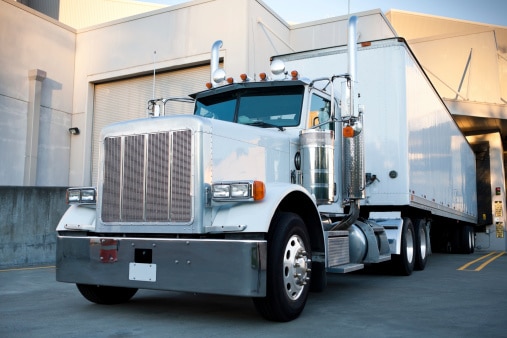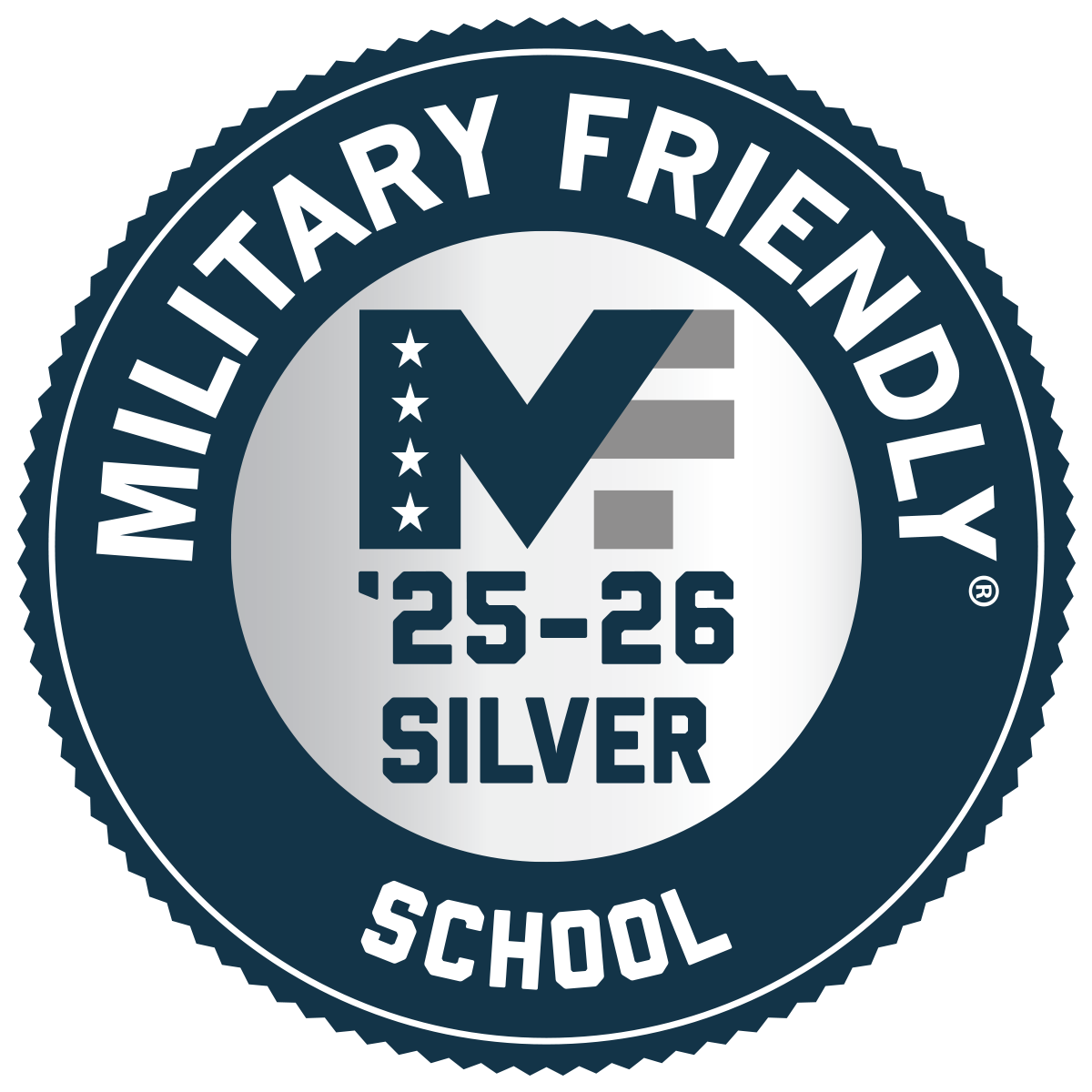Driving long hours and sleeping in new places are regular aspects of working as a truck driver. If you are planning to start working in this industry, use the following tips to ensure that you avoid drowsy driving incidents that could lead to big accidents.
Take Frequent Breaks
You should take a 20-minute break every few hours during your shift. Pull over and get out of your vehicle so you can walk around. This gives you the opportunity to take a bathroom break, to replenish your snacks, and to get some beverages if you need them. Truck drivers are actually required to take at least one 30-minute break after driving for eight hours. You should also pull over any time your eyes start to feel heavy.
Eat a Healthy Diet
The foods you eat have a big impact on how well you feel during the day. You should make an effort to stay hydrated, especially on the days when you drive. Try to eat a diet with plenty of lean protein, healthy fats, and complex carbohydrates so your body has the energy it needs. If possible, you should avoid fatty, processed foods that might actually make you feel more tired as you drive.
Use Caution Between Midnight and 6 A.M.
Most drowsy driving incidents tend to occur between midnight and 6 a.m. You should pay special attention to your body and its needs during these hours to avoid an unnecessary incident. If you feel tired and a 20-minute break does not help, you should pull over for a longer period of time.
If you are interested in getting your CDL in Tucson, sign up with HDS Truck Driving Institute. Our programs offer nationally-recognized truck driver training, refresher courses, road testing, and third-party Commercial Driver License testing to give you the tools you need to succeed in your career. To learn more about our programs or our admission process, visit us online or call (877) 205-2141.















